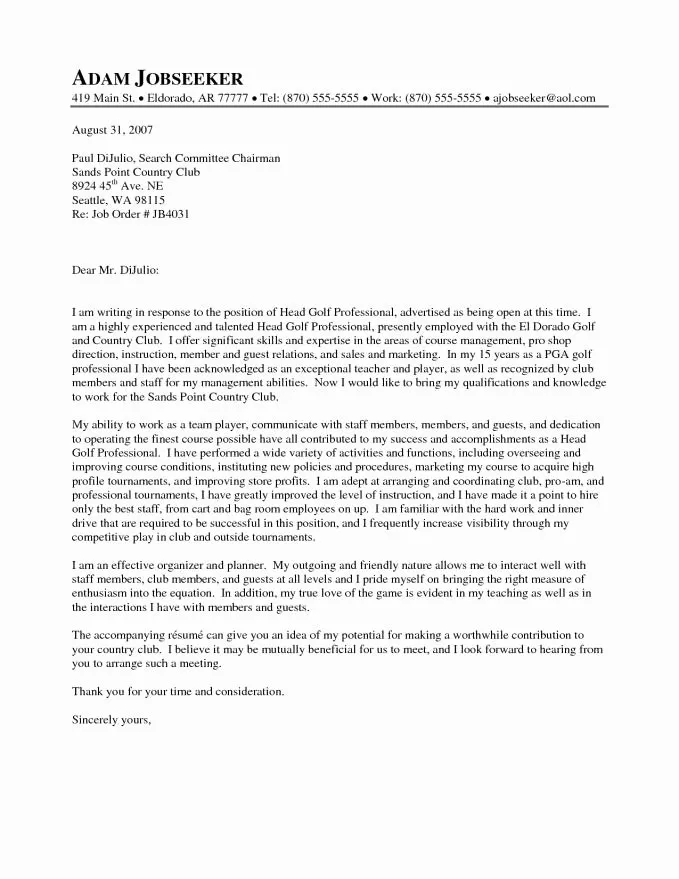What is a Business Professional Cover Letter?
A business professional cover letter serves as your introduction to a potential employer, providing a snapshot of your qualifications and expressing your interest in a specific position. Unlike a resume, which is a factual summary of your experience, a cover letter allows you to showcase your personality, explain your motivations, and demonstrate how your skills align with the company’s needs. It’s a crucial tool in the job application process, offering you the opportunity to make a strong first impression and differentiate yourself from other candidates. A well-crafted cover letter can significantly increase your chances of securing an interview, as it highlights your unique value proposition and conveys your enthusiasm for the opportunity.
Key Components of a Cover Letter for Business Professionals
A compelling business professional cover letter comprises several essential components, each playing a crucial role in conveying your message effectively. These elements work together to create a cohesive and persuasive narrative, demonstrating your suitability for the role and your genuine interest in the company. By understanding and incorporating these key parts, you can significantly improve the impact of your cover letter and increase your chances of landing an interview. The following sections detail the critical components needed to craft a professional cover letter.
Contact Information
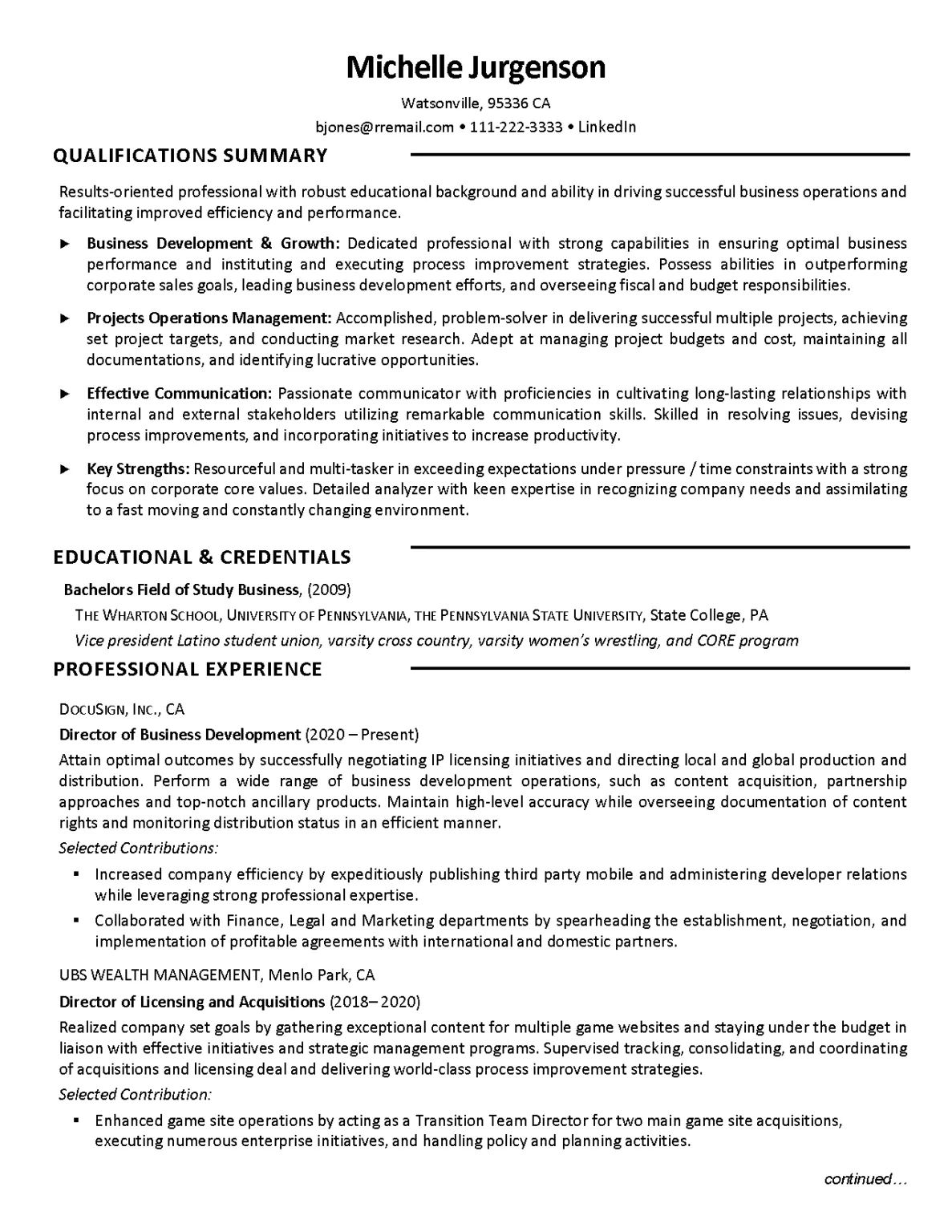
Begin your cover letter with your full name, address, phone number, and email address. Ensure the email address is professional-sounding; avoid using nicknames or informal language. Place this information at the top, either left-aligned or centered. This ensures the hiring manager can easily reach you. Accuracy is paramount; double-check all details to prevent any communication errors. This section sets the foundation for a professional introduction, making it simple for the employer to contact you.
Date and Salutation
Following your contact information, include the date. Then, address the hiring manager directly using a professional salutation. If you know the name of the hiring manager, use ‘Dear Mr./Ms./Mx. [Last Name]’. If the name is unavailable, use a general greeting like ‘Dear Hiring Manager’ or ‘Dear [Department Name] Team’. Avoid outdated salutations such as ‘To Whom It May Concern’. Personalizing the salutation adds a touch of professionalism and shows that you have researched the company and the role.
Opening Paragraph Make it impactful
Your opening paragraph is your first opportunity to capture the reader’s attention. State the position you are applying for and how you learned about the opportunity. Briefly highlight your most relevant skills and experience. This section should immediately convey your enthusiasm and make the hiring manager want to read further. Make it clear why you are a good fit for this particular role and company. Avoid generic opening statements; instead, personalize your introduction to reflect your understanding of the job requirements and the company’s values.
Body Paragraphs Show your Value
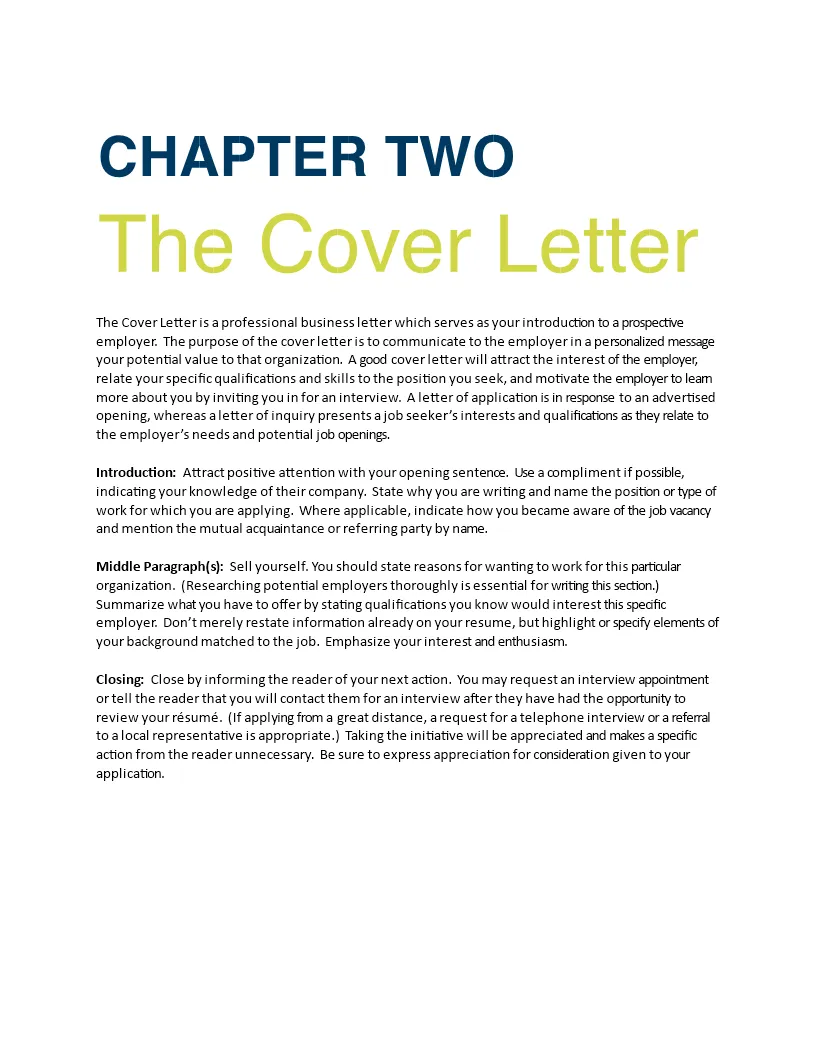
The body paragraphs are where you elaborate on your qualifications and demonstrate how your skills and experiences align with the job requirements. Use this space to highlight specific achievements, quantify your results whenever possible, and provide examples of how you have successfully overcome challenges. The body paragraphs should not simply restate your resume; rather, they should provide additional context, showcase your problem-solving abilities, and demonstrate your understanding of the company’s needs. Tailor each paragraph to address the key requirements outlined in the job description, ensuring your cover letter is customized for each application.
Highlight Relevant Skills
Carefully review the job description and identify the key skills and qualifications the employer is seeking. In your cover letter, highlight the skills you possess that directly match these requirements. Provide specific examples of how you have used these skills in previous roles to achieve positive outcomes. Use action verbs to describe your accomplishments, and focus on results rather than simply listing responsibilities. This section should demonstrate how your skills align with the job description and contribute to the company’s success.
Showcase Accomplishments
Instead of merely listing your duties, focus on showcasing your accomplishments. Quantify your achievements whenever possible using numbers, percentages, or other metrics. For example, instead of saying ‘Managed social media accounts’, you could write ‘Increased social media engagement by 30% in six months’. Providing concrete examples of your accomplishments demonstrates your value and provides tangible evidence of your ability to deliver results. Highlighting accomplishments shows employers what you are capable of achieving.
Tailor it to the Job
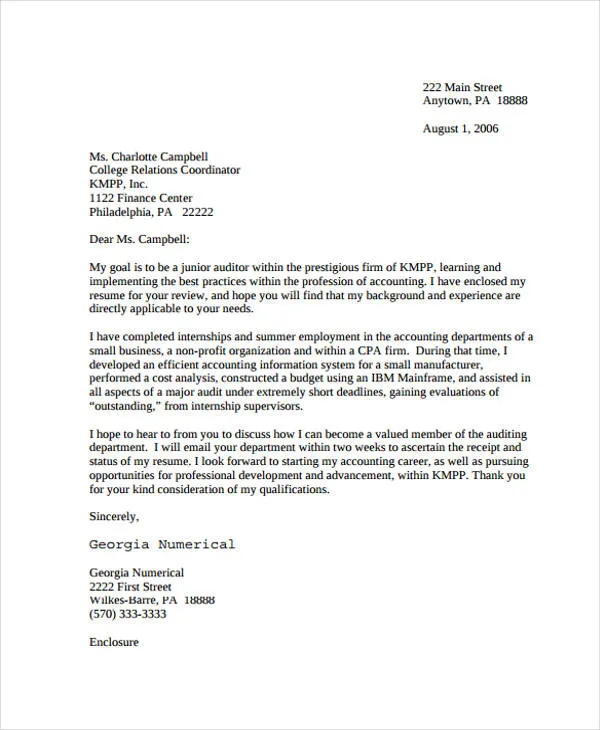
Customize your cover letter for each job application. Avoid using a generic template. Research the company and the specific role to understand their needs and priorities. Tailor your letter to address these needs and showcase how your skills and experience align with the job requirements. This shows the hiring manager that you have taken the time to understand their organization and are genuinely interested in the position. Personalization increases the impact and relevance of your letter, making it more likely to stand out.
Closing Paragraph Call to Action
Conclude your cover letter with a strong closing paragraph. Reiterate your interest in the position and express your enthusiasm for the opportunity to discuss your qualifications further. Include a clear call to action, such as ‘I am eager to discuss how my skills and experience can benefit your team. I look forward to the opportunity to speak with you soon.’ Thank the hiring manager for their time and consideration. A strong closing reinforces your interest and encourages the hiring manager to take the next step.
Formatting and Design
The formatting and design of your cover letter play a critical role in conveying a professional image and making it easy for the reader to digest the information. A well-formatted letter is more likely to make a positive impression and ensure your message is effectively communicated. Ensure your cover letter looks clean, organized, and professional. Pay attention to font choice, layout, and overall structure to create a polished and readable document. These elements contribute to the overall effectiveness of your cover letter.
Font and Readability
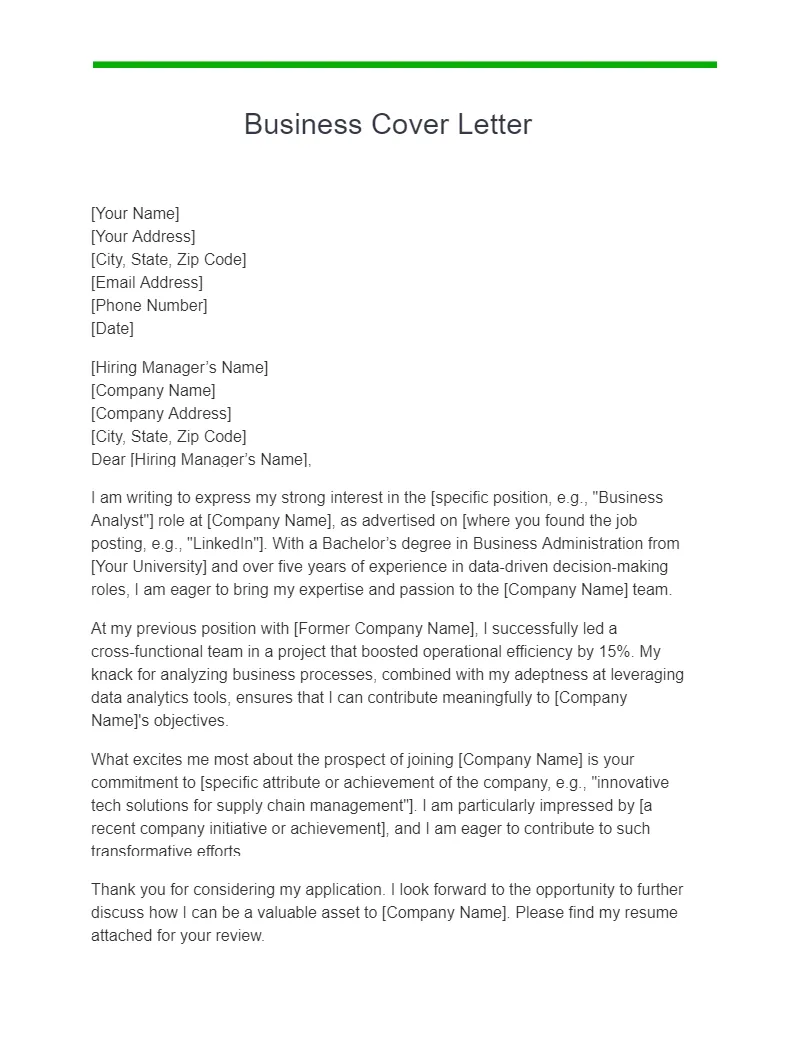
Choose a professional and easy-to-read font, such as Times New Roman, Arial, or Calibri. Use a font size between 10 and 12 points. Ensure consistent formatting throughout the document. Avoid using overly decorative fonts or fonts that are difficult to read. The goal is to make your cover letter visually appealing and easy to understand. A clean and straightforward font choice reflects professionalism and makes your content accessible.
Layout and Structure
Use a professional layout with clear margins (typically 1 inch on all sides) and ample white space. Organize your content into logical sections with headings and subheadings. Keep paragraphs concise and focused, breaking up long blocks of text to improve readability. Ensure that the layout is consistent throughout the document. A well-structured layout guides the reader through your letter and makes it easy to find the most important information. The aim is to create a document that is easy to read and visually appealing.
Proofreading and Editing
Proofread your cover letter carefully for any grammatical errors, spelling mistakes, or typos. Errors can detract from your professionalism and may lead the hiring manager to assume you are not detail-oriented. Read your letter aloud to catch any awkward phrasing or unclear sentences. Consider having a friend or colleague review your letter for feedback. Thorough proofreading and editing demonstrate your attention to detail and commitment to producing high-quality work.
Common Mistakes to Avoid
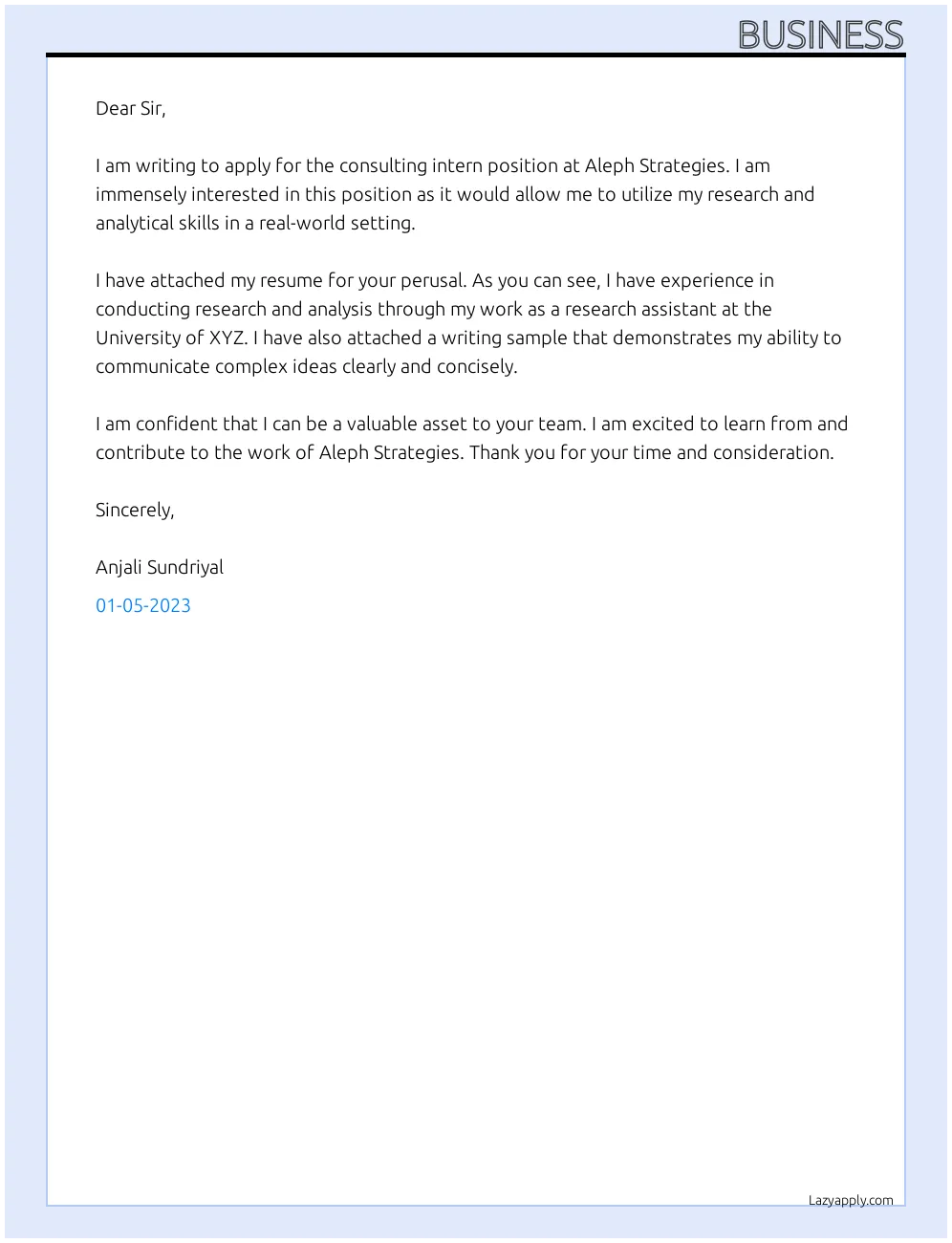
Several common mistakes can undermine the effectiveness of your business professional cover letter. Avoiding these errors is crucial to making a positive impression and increasing your chances of landing an interview. These pitfalls can damage your credibility and make it seem as though you have not put enough effort into your application. Recognizing and correcting these mistakes is essential for creating a compelling cover letter. By paying attention to these details, you can dramatically improve your application.
Grammar and Spelling Errors
Grammatical errors and spelling mistakes can significantly damage your credibility. Always proofread your cover letter thoroughly for any errors. Use a spell checker, but don’t rely on it completely. Read your letter aloud to catch any awkward phrasing or unclear sentences. Enlist a friend or colleague to review your letter for any errors you might have missed. Paying attention to these details demonstrates your attention to detail and commitment to producing high-quality work.
Generic Language
Avoid using generic, cliché phrases that lack personality. Instead, personalize your cover letter to reflect your specific skills and experiences. Research the company and the role to understand their needs and priorities. Tailor your letter to address these needs and showcase how your skills and experience align with the job requirements. This shows the hiring manager that you have taken the time to understand their organization and are genuinely interested in the position.
Lack of Personalization
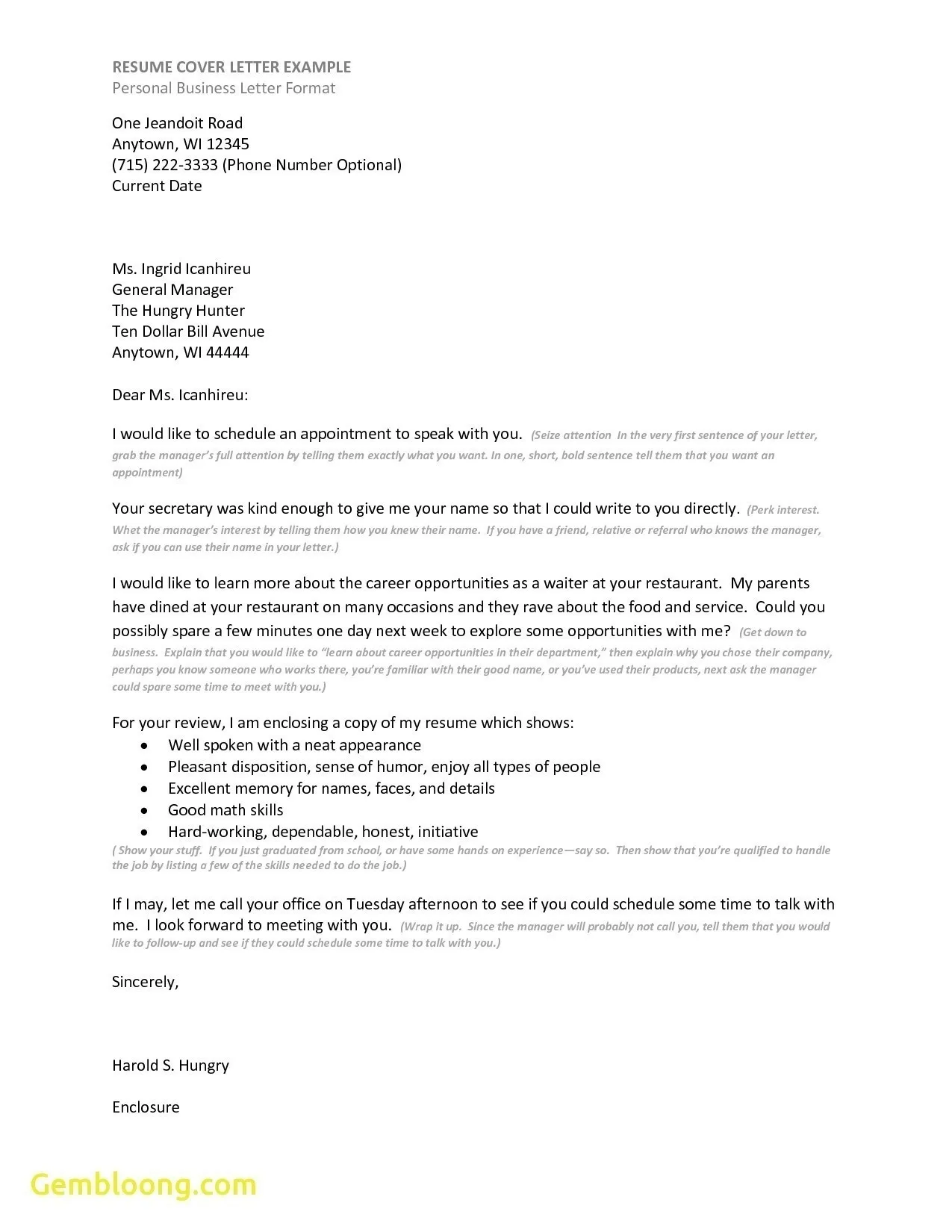
Sending a generic cover letter that is not tailored to the specific job and company is a major mistake. Always customize your cover letter for each job application. Address the hiring manager by name, if possible, and mention specific details about the company and the role. Demonstrate that you have taken the time to research the company and understand their needs. A personalized cover letter demonstrates genuine interest and significantly increases your chances of getting noticed.
Business Professional Cover Letter Examples
Reviewing cover letter examples can provide valuable insights into effective writing styles and formatting. Seek out examples that are relevant to your industry and the type of position you are seeking. Pay attention to how the authors structure their letters, highlight their skills, and convey their enthusiasm. Use these examples as a guide to help you create your own compelling cover letter. Adapt the examples to match your unique background and the specific job requirements.
In conclusion, a well-crafted business professional cover letter is a vital tool in your job search. By following these guidelines, you can create a cover letter that captures the attention of hiring managers and showcases your qualifications effectively. Remember to tailor your letter to each job, highlight your achievements, and proofread carefully. Good luck with your job search!
